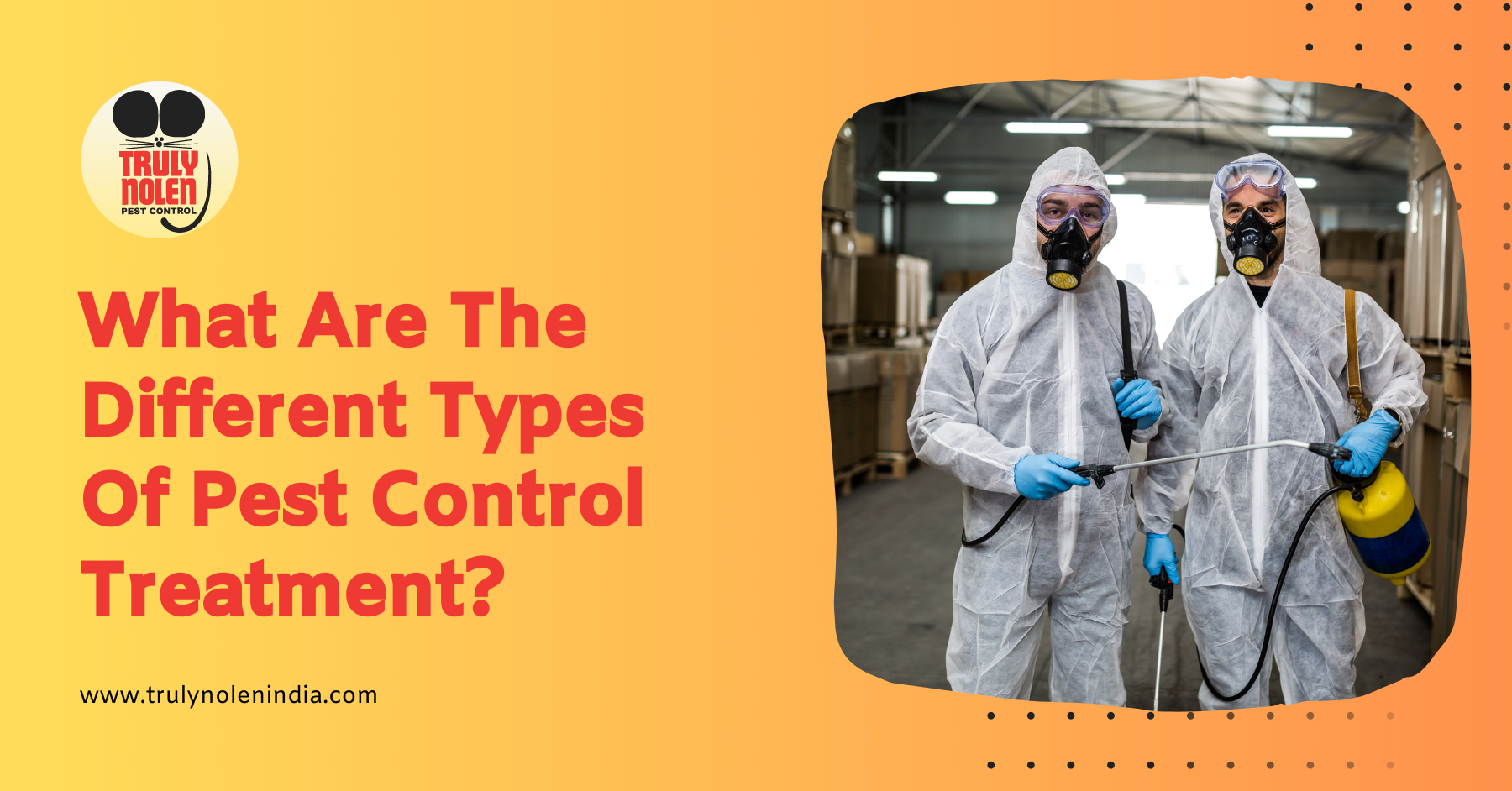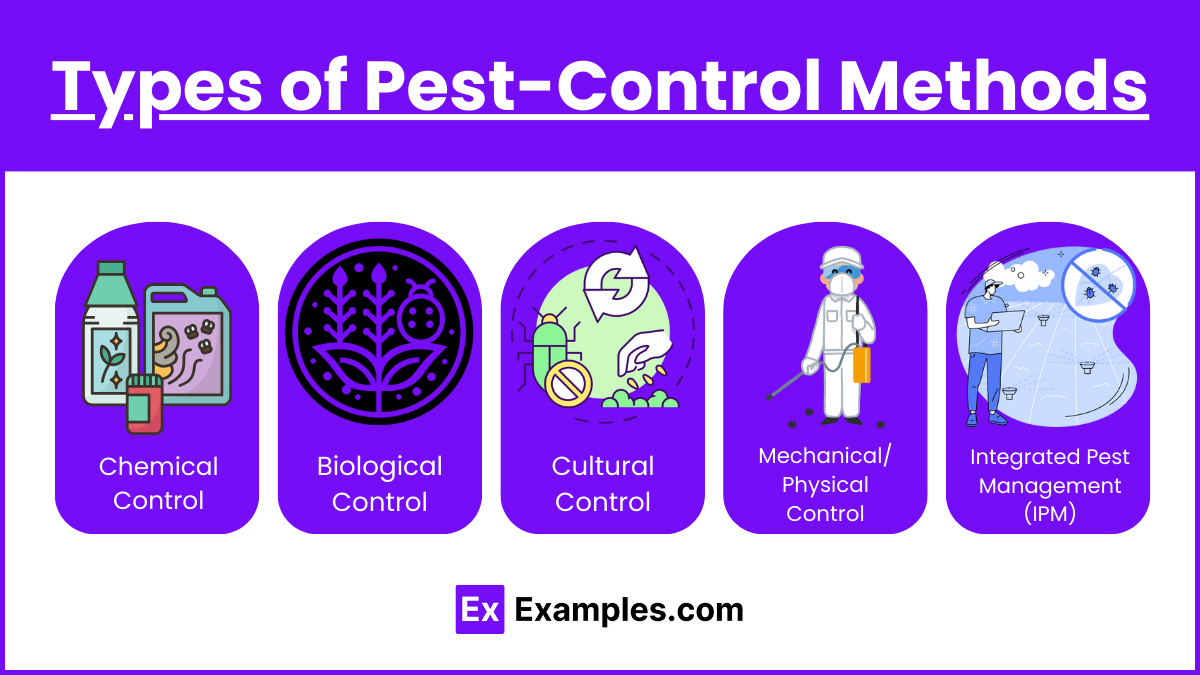The Best Strategy To Use For Pest Control
The Best Strategy To Use For Pest Control
Blog Article
Some Ideas on Pest Control You Need To Know
Table of ContentsSome Known Details About Pest Control The Best Guide To Pest ControlThe Ultimate Guide To Pest ControlThe 15-Second Trick For Pest ControlTop Guidelines Of Pest Control
Take a look at plants carefully (tops of leaves, bottoms of fallen leaves, stems, and dirt) prior to growing to be sure they are clean. Think about growing recognized as resistant to pests. Resistant cultivars are those that push back, are unpleasant to, or otherwise are unsuitable as food for sure bugs or that stand up to feeding by particular parasites with little decrease in return or top quality.If deer are a problem in a garden, choose a plant that is naturally resistant to deer predation over a plant that is more attractive to deer. A native downy hawthorn (Crataegus mollis) would be a better choice than an Eastern redbud (Cercis canadensis (Pest Control). Growing two similar crops in succeeding years often tends to raise parasite troubles.
Some insects hibernate in the soil or litter around plants or lay eggs in or on the host plant. Do not expand the exact same sort of veggie in the same area annually (Figure 84). Usage associated plants in a website only when every three or 4 years. The rotation duration for preventing some tomato diseases might be five to 7 years.
Plant rotation is most efficient on parasites that develop on a few plants. Pests that become serious on cabbage possibly also infest close-by mustard, broccoli, and collards, yet they might not spread to cabbage planted on the various other side of the yard.
Not known Facts About Pest Control

Weeds and turfs can nurture both bugs and useful pests. Spider mite troubles are fewer, for instance, if broadleaf weeds near fruit trees are eliminated. If the weeds are very closely pertaining to the crop plants, they can harbor parasite insects and need to be removed. Bugs with a wide host rangesuch as armyworms, crickets, cutworms, flea beetles, insects, lygus pests, slugs, snails, stink insects, and thripsoften inhabit slim areas and can move to neighboring desirable plants.
It is necessary to cut weeds prior to a crop is established to stop pests from transferring to the desirable plants. Weeds can be a forage, nectar, or pollen source for helpful microorganisms. Milkweed (Asclepias spp.) is the larval plant to the monarch butterfly. Weeds that draw in bugs can be a feeding ground for birds.
Get This Report about Pest Control
The flowers of thistle, plantain, knotweed, and dandelion are essential to honey bee populaces. Getting rid of weeds after blooming however visit this website before seed collection gives food for the honey however keeps the weeds from continuing to spread out. An additional method to handle insect pests is to plant a plant that is really appealing to insects and afterwards deal with the trap crop with pesticide.
Plant rotation is an important social method for reducing bug and condition concerns, however many garden enthusiasts do not Visit Your URL have the space to adequately execute this practice. Where room is limited, it might be best to allow the garden to lay fallow for a year or 2 or more. Think about increased beds with brand-new dirt or plant in containers when you know an illness trouble exists.
Number 82. Leave a couple of inches of area around the trunk of the plant when mulching. hardworkinghippy: La Ferme de Sourrou Figure 83. Always examine the bottoms of fallen leaves at the baby room. Keep in mind the high density of whiteflies under this tomato fallen leave. Scot Nelson Flickr Number 84. Plant turning is very important.

The 6-Minute Rule for Pest Control
Practically any type of big non-venomous insect can be picked off at any straight from the source phase. To prevent the job of hand-squashing the bugs, knock the bugs and egg clusters into a coffee can or quart jar with a tiny quantity of water and a little dish cleaning agent. Insect catches can assist with discovery and management.
Also, these traps do not capture some wingless types, along with those species energetic just throughout the day (diurnal) instead of active during the night (nighttime). Pheromone catches are made use of for spotting the presence of pests or in some cases for interfering with insect mating practices. Adult females produce and release a chemical smell attractive to men of the very same species.
Rain, cool temperatures, wind speed, and wind instructions can lower the lures' effectiveness. The finest success happens when the parasite thickness is low and movement into the area is very little.
Pest Control Fundamentals Explained
Mix 1 quart of clay with 2 gallons of water and 1 tbsp of fluid soap in a sprayer. Constantly agitate the sprayer to avoid clumping of the clay. Reapply each to 3 weeks. This obstacle is precautionary; it will not work if an insect bug is currently established.
Report this page